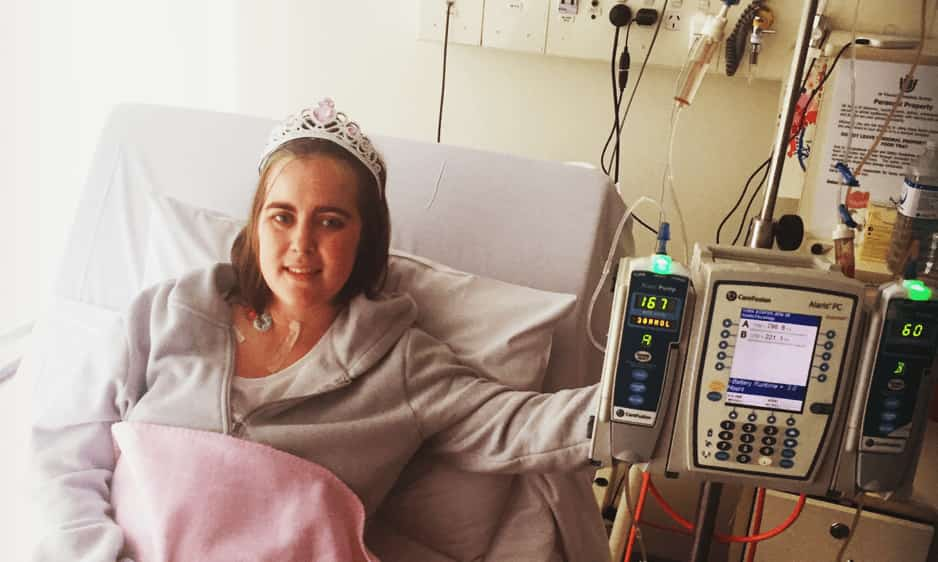Aplastic anaemia
What is aplastic anaemia?
Aplastic anaemia is a rare disorder in which the bone marrow fails to produce enough blood cells. This happens because the normal blood forming cells (stem cells) are replaced by abnormal fat cells.
Although aplastic anaemia is not a malignant disease (cancer) it can be very serious, especially if the bone marrow is severely affected and there are very few blood cells left in circulation. Without adequate numbers of blood cells people with aplastic anaemia can become anaemic (low red blood cells) and more susceptible to infections (low white blood cells), and to bleeding and bruising more easily (low platelets).
The term aplastic anaemia is usually understood to refer to the acquired disorder which is a non-malignant bone marrow disease. There are other conditions that are congenital (present at birth), inherited (e.g. Fanconi Anaemia) or a form of aplastic anaemia that may develop over a person’s life as a result of treatment (like chemotherapy) for malignant diseases. These conditions need to be ruled out before a diagnosis of acquired aplastic anaemia can be made.
Fanconi anaemia can be diagnosed and distinguished from acquired aplastic anaemia by a blood test. Fanconi anaemia affects brothers and sisters within a family. Children with Fanconi anaemia are short and have abnormalities of the forearms or hands and a gradual but progressive failure of the bone marrow. The anaemia usually develops in childhood but may present later in life as adolescent or adult.
There is common thought that acquired aplastic anaemia results when the bone marrow stem cells are damaged by an auto-immune reaction in the body. An auto-immune reaction can result from no specific trigger or underlying cause. The body’s own immune system attacks its own cells in an auto-immune reaction. Some types of aplastic anaemia may have an identifiable trigger that caused the auto-immune response.
Aplastic anaemia: the basics
How common is aplastic anaemia?
Who gets aplastic anaemia?
What causes aplastic anaemia?
What are the symptoms of aplastic anaemia?
More information about aplastic anaemia
Aplastic anaemia diagnosis Aplastic anaemia treatment Aplastic anaemia treatment side effectsAplastic anaemia stories and resources
Aplastic anaemia patient stories and research newsLast updated on May 22nd, 2024
Developed by the Leukaemia Foundation in consultation with people living with a blood cancer, Leukaemia Foundation support staff, haematology nursing staff and/or Australian clinical haematologists. This content is provided for information purposes only and we urge you to always seek advice from a registered health care professional for diagnosis, treatment and answers to your medical questions, including the suitability of a particular therapy, service, product or treatment in your circumstances. The Leukaemia Foundation shall not bear any liability for any person relying on the materials contained on this website.

